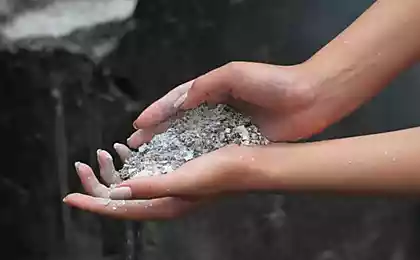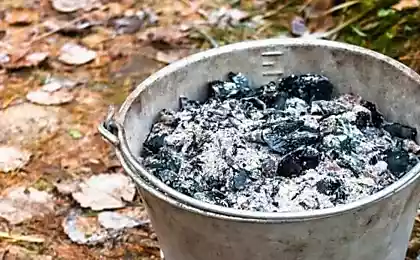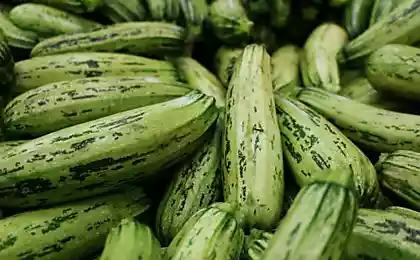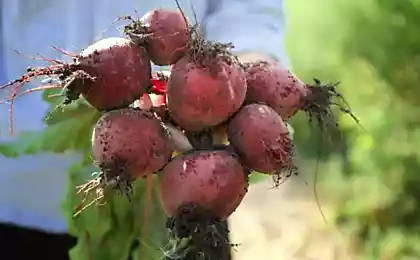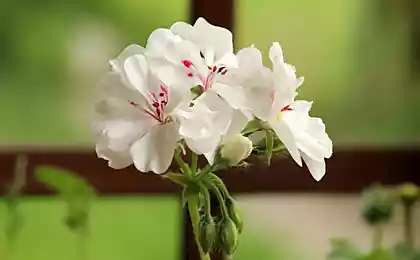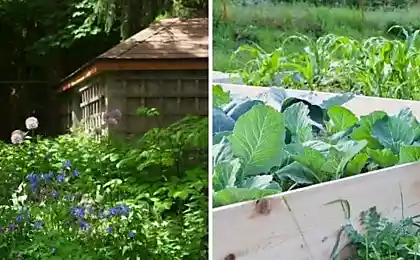165
Every experienced gardener should know that if you feed these plants with ash, they will thank a generous harvest.
Since many gardeners and gardeners are gradually abandoning artificial mineral fertilizers, they have to look for an alternative and switch to organic soil enrichment in the garden and garden. Ash is one of the simplest and most affordable fertilizers. Plants that love ash, it is impossible to list all at once. Because in nature there are a large number of field, garden crops and indoor flowers that will thank for feeding on the basis of ash with lush flowering and abundant fruiting.

Plants that love ash For use as a fertilizer, wood ash from a fireplace and stove is best suited. You can also use the remains of the fire after burning dry branches and plant stems. To get such a wonderful fertilizer, you just need to collect the remaining ash after the burning of organic materials in bags and store it dry.
Ash contains potassium, calcium, phosphorus and other useful elements. They are necessary for the full development of plants. Ash helps fight the spread of some fungal diseases, such as black leg, powdery dew or keel in cruciferous.

If plants that love ash are fed with dry ash or a prepared solution with its use, they will not be so afraid of phytofluoride. Ash significantly reduces the acidity of the soil. With the help of ash, you can scare away harmful insects that are going to eat in your garden.
Plants that love ash can be listed indefinitely. These are cabbage, cucumbers, tomatoes, peppers, eggplant and squash. Also, such dressing is suitable for pumpkin, garlic, onions, lettuce, dill, parsley, beans and peas.

Feed ash beets, potatoes, carrots, strawberries, strawberries, grapes and raspberries. In addition, the ashes perfectly fertilize currants, gooseberries, plums and roses.
Methods of application of fertilizer Ashes can be scattered in the bed at the rate of 100 g per 1 square meter before autumn or spring digging of the soil. Apply ash directly to the hole (hole) or furrow (groove) during planting. In the future, you can sprinkle ash between rows or soil under plants.

You can feed the plants with a solution. For its preparation, ash is poured into the water at the rate of 1 cup per 10 liters of liquid. The solution is well mixed, give it time to warm up and infuse, and then water the soil at the root.

If time permits, the ash is steamed with boiling water and insisted for several days, not forgetting to mix regularly. Thus, useful elements from the ash will dissolve as much as possible in water and can be absorbed faster by the roots of plants.
Features of fertilizer bed ash Ash is not recommended to use in combination with manure, chicken manure or solutions from them. The break between feeding with nitrogen fertilizers and ash should be at least a month. Due to the ability to reduce the acidity of the soil, ash is not suitable for fertilizing plants that prefer more acidic soil.
It is enough to enrich the soil with ash once every two years, since this fertilizer can continue to act for 4 years.

If you care about the health of loved ones and your own, then you should eat the most useful vegetables and fruits grown on organic fertilizers. And to the soil in the garden was fertile, use natural feeding. For example, wood ash, manure, chicken droppings, urea, compost, yeast, coffee grounds and the like.
Then you can harvest a rich and delicious crop!

Plants that love ash For use as a fertilizer, wood ash from a fireplace and stove is best suited. You can also use the remains of the fire after burning dry branches and plant stems. To get such a wonderful fertilizer, you just need to collect the remaining ash after the burning of organic materials in bags and store it dry.
Ash contains potassium, calcium, phosphorus and other useful elements. They are necessary for the full development of plants. Ash helps fight the spread of some fungal diseases, such as black leg, powdery dew or keel in cruciferous.

If plants that love ash are fed with dry ash or a prepared solution with its use, they will not be so afraid of phytofluoride. Ash significantly reduces the acidity of the soil. With the help of ash, you can scare away harmful insects that are going to eat in your garden.
Plants that love ash can be listed indefinitely. These are cabbage, cucumbers, tomatoes, peppers, eggplant and squash. Also, such dressing is suitable for pumpkin, garlic, onions, lettuce, dill, parsley, beans and peas.

Feed ash beets, potatoes, carrots, strawberries, strawberries, grapes and raspberries. In addition, the ashes perfectly fertilize currants, gooseberries, plums and roses.
Methods of application of fertilizer Ashes can be scattered in the bed at the rate of 100 g per 1 square meter before autumn or spring digging of the soil. Apply ash directly to the hole (hole) or furrow (groove) during planting. In the future, you can sprinkle ash between rows or soil under plants.

You can feed the plants with a solution. For its preparation, ash is poured into the water at the rate of 1 cup per 10 liters of liquid. The solution is well mixed, give it time to warm up and infuse, and then water the soil at the root.

If time permits, the ash is steamed with boiling water and insisted for several days, not forgetting to mix regularly. Thus, useful elements from the ash will dissolve as much as possible in water and can be absorbed faster by the roots of plants.
Features of fertilizer bed ash Ash is not recommended to use in combination with manure, chicken manure or solutions from them. The break between feeding with nitrogen fertilizers and ash should be at least a month. Due to the ability to reduce the acidity of the soil, ash is not suitable for fertilizing plants that prefer more acidic soil.
It is enough to enrich the soil with ash once every two years, since this fertilizer can continue to act for 4 years.

If you care about the health of loved ones and your own, then you should eat the most useful vegetables and fruits grown on organic fertilizers. And to the soil in the garden was fertile, use natural feeding. For example, wood ash, manure, chicken droppings, urea, compost, yeast, coffee grounds and the like.
Then you can harvest a rich and delicious crop!
What did Anastasia Vertinskaya pay for her success and what has become of her now?
When I needed help, my sister turned me down, and now I know something that could change her life, but I don't think it's worth saying.

